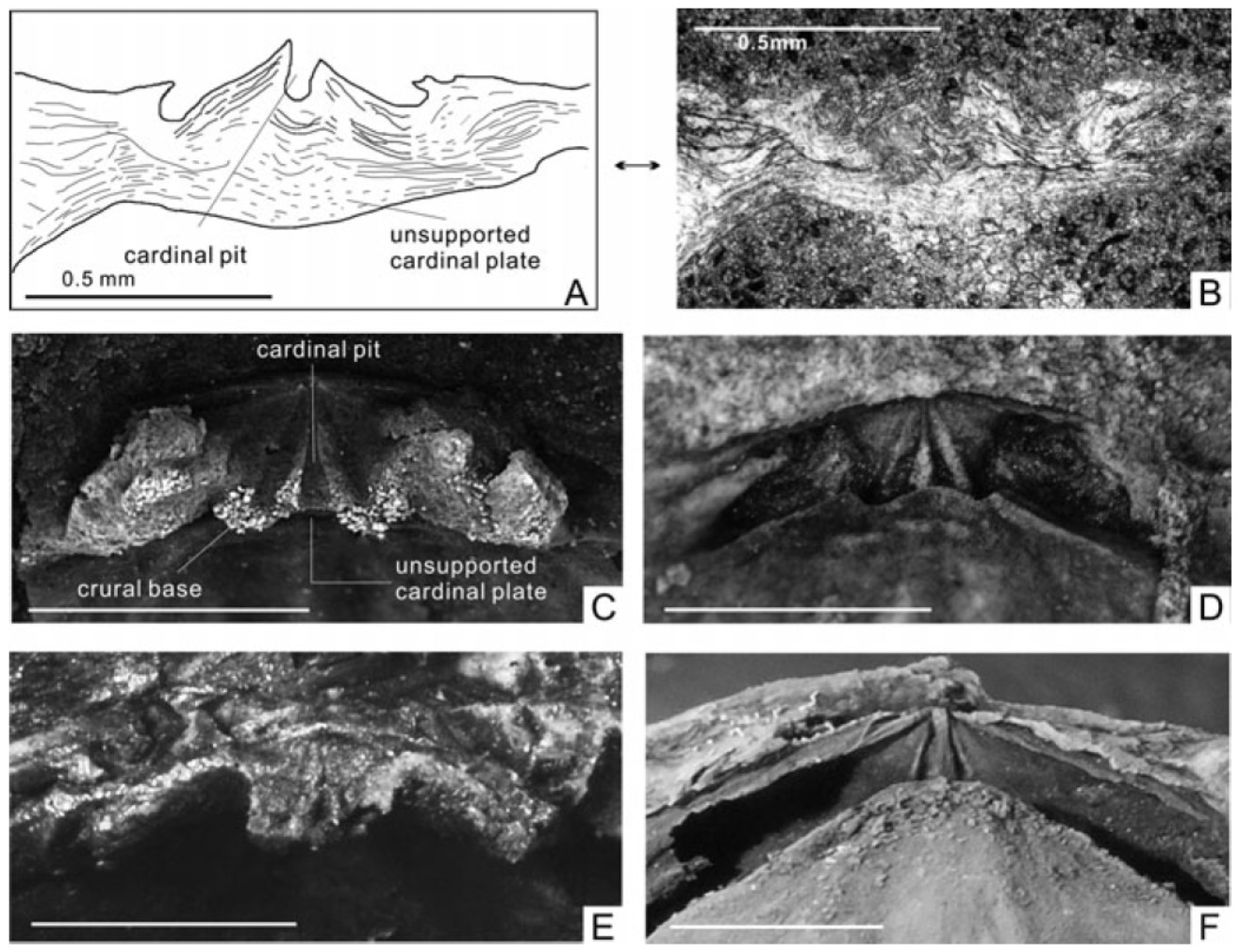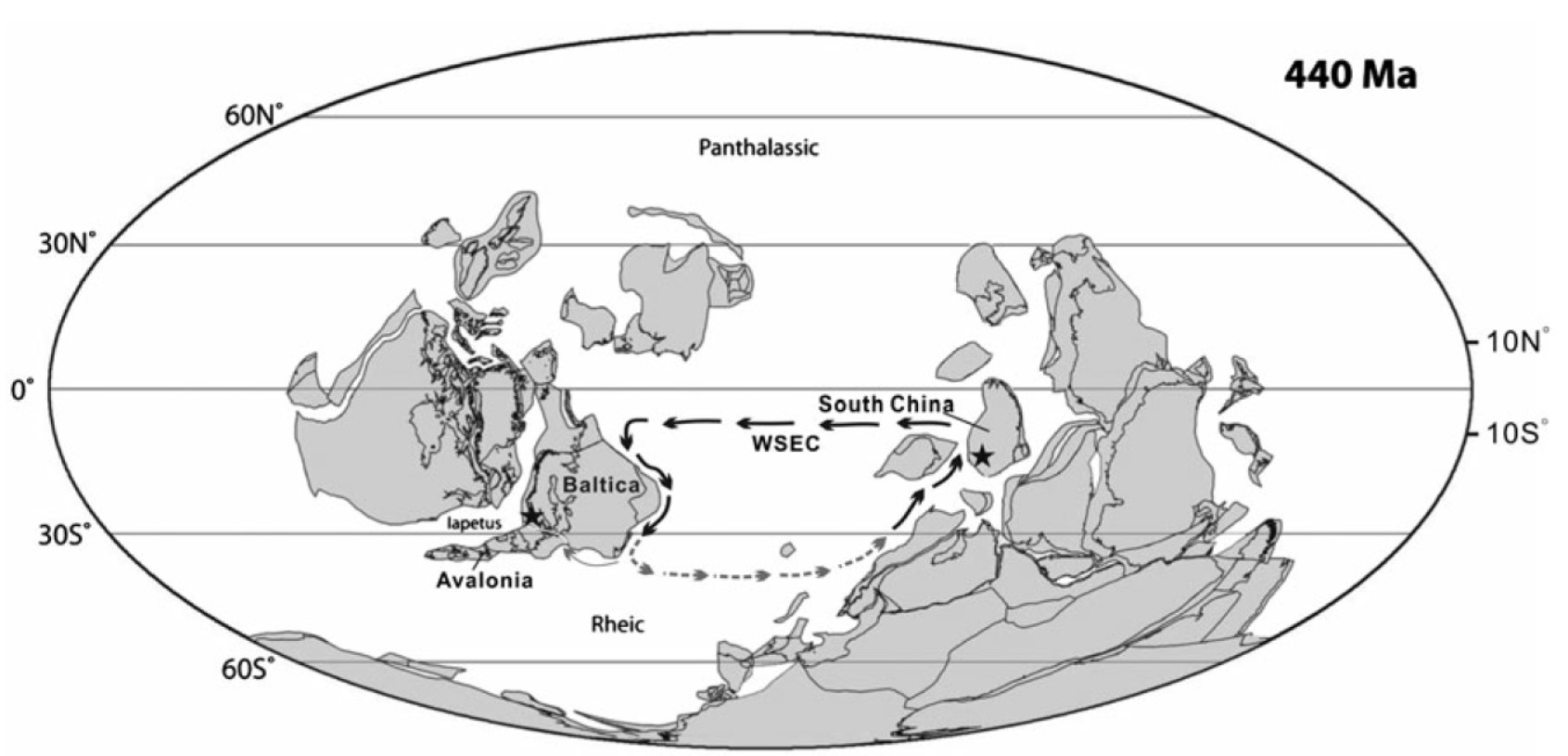
Comparison of typical characters of T. gregaria gen. et sp. nov. and T. orientalis (Rong et al., 1974).
Earliest Silurian brachiopod faunas have been described from a number of regions. Among them, the brachiopods fauna from Norway and South China are totally different in many aspects, such as diversity, relative abundance and preservation. Recently, A new brachiopod genus Thulatrypa gen. nov. is formally erected by Dr. HUANG Bing from Nanjing Institute of Geology and Palaeontology, Chinese Academy of Sciences and his colleagues based on their collections from both Norway and China.
There are two species assigned to the new genus. T. gregaria gen et sp. nov. from Norway and T. orientalis (Rong et al., 1974) from South China that occurred in the recovery interval after the end Ordovician mass extinction, are systematically described in detail. The related localities and stratigraphic information are reported in detail and compared for the two species. Their palaeobiogeographical implications are discussed. This study indicates that T. gregaria is later than T. orientalis in age, suggesting that Thulatrypa may have originated in South China in the middle Rhuddanian and drifted to east Baltica in the late Rhuddanian. Moreover, the larvae of the genus may have drifted along a channel from the east to the south-west of Baltica, which supports reconstruction of palaeo-currents for the early Silurian in previous palaeogeographical studies.

Global palaeogeography at about 440 Ma in the early Silurian (revised from Rong & Cocks 2014). WSEC and solid arrows—Western South Equatorial Currrent. Dashed arrows—the cold-water mid-latitude return current.
Related information: Huang Bing, Baarli B.G., Zhan Renbin, Rong Jiayu. 2016. A new early Silurian brachiopod genus,Thulatrypa, from Norway and South China, and its palaeobiogeographical significance.Alcheringa, 40: 83-97.
